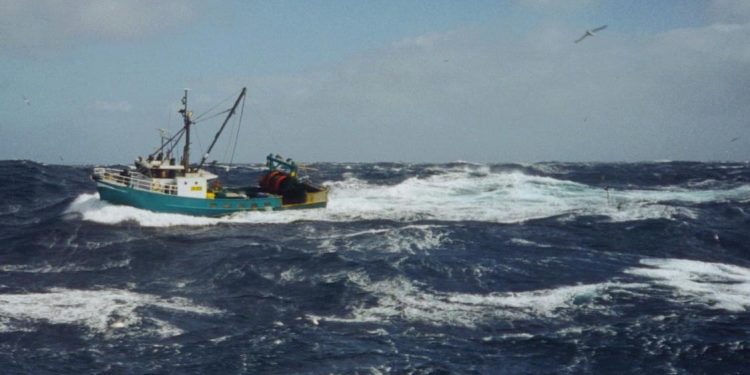Fishing industry organisations in Australia have branded a recent CSIRO article, published in the renowned Nature Sustainability journal, as junk science and based on dubious data.
The article, titled By-catch rates in fisheries largely driven by variation in individual vessel behaviour, examined several fisheries, including longline and gillnet shark fisheries and the Commonwealth trawl fishery.
The Southern Shark Industry Alliance (SSIA) and South East Trawl Fishing Industry Association (SETFIA), two of the three organisations representing the industry involved with these fisheries have successfully lobbied for CSIRO to withdraw the article.
Two days after industry groups questioned the data, it was taken down by Nature Sustainability for confidentiality reasons. CSIRO has accepted that the article is based on flawed data.
The research behind the article claims to use protected species by-catch data from Australian Fisheries Management Authority (AFMA) Observers, contrasting this against individual vessel catch of target fish. The analysis then incorrectly suggests that thousands of albatrosses, petrels, and other protected species are being killed each year by the fishing industry.
The article’s estimates are implausible, given the gillnet and longline fisheries have operated 100% video monitoring for more than five years and this independent footage shows very low numbers of threatened species by-catch. The trawl fishery has almost eliminated seabird by-catch.
When Nature Sustainability published the 60,000 lines of raw data used in the analysis, it immediately became evident that most of the data was from “observations” – instances in which seabirds and other marine creatures happily flew or swam past the vessel and were noted by observers.
‘The fishing industry is fed up with junk science, this work is not up to CSIRO’s normally high standards. CSIRO has been a long term strategic partner and leads the world in fishery stock assessment using genetics and acoustic monitoring,’ said Simon Boag, executive officer of SSIA and SETFIA.
Despite CSIRO’s acceptance of the flaws in the research, one of its authors subsequently stated in a radio interview that by-catch species can be unmanaged, that volumes of by-catch can be greater than the targeted catch, and that fishers have an incentive to lie when reporting by-catch.
‘We demand that the CSIRO force the authors to immediately stop making defamatory statements in the media that they know are false,’ Simon Boag said.
‘Rather than alleging that the fishing industry is lying, the CSIRO should focus on explaining why video monitoring data was not used, and how this footage showing very low levels of by-catch has somehow been curated to become thousands. We call on the CSIRO to issue an immediate retraction of the article with an explanatory note explaining why observations of unharmed marine creatures near fishing vessels were included as by-catch.’
He commented that the industry is proud of its record of mitigating protected species by-catch, and added that hundreds of thousand have been levied on the industry to pay for video monitoring proving this.









